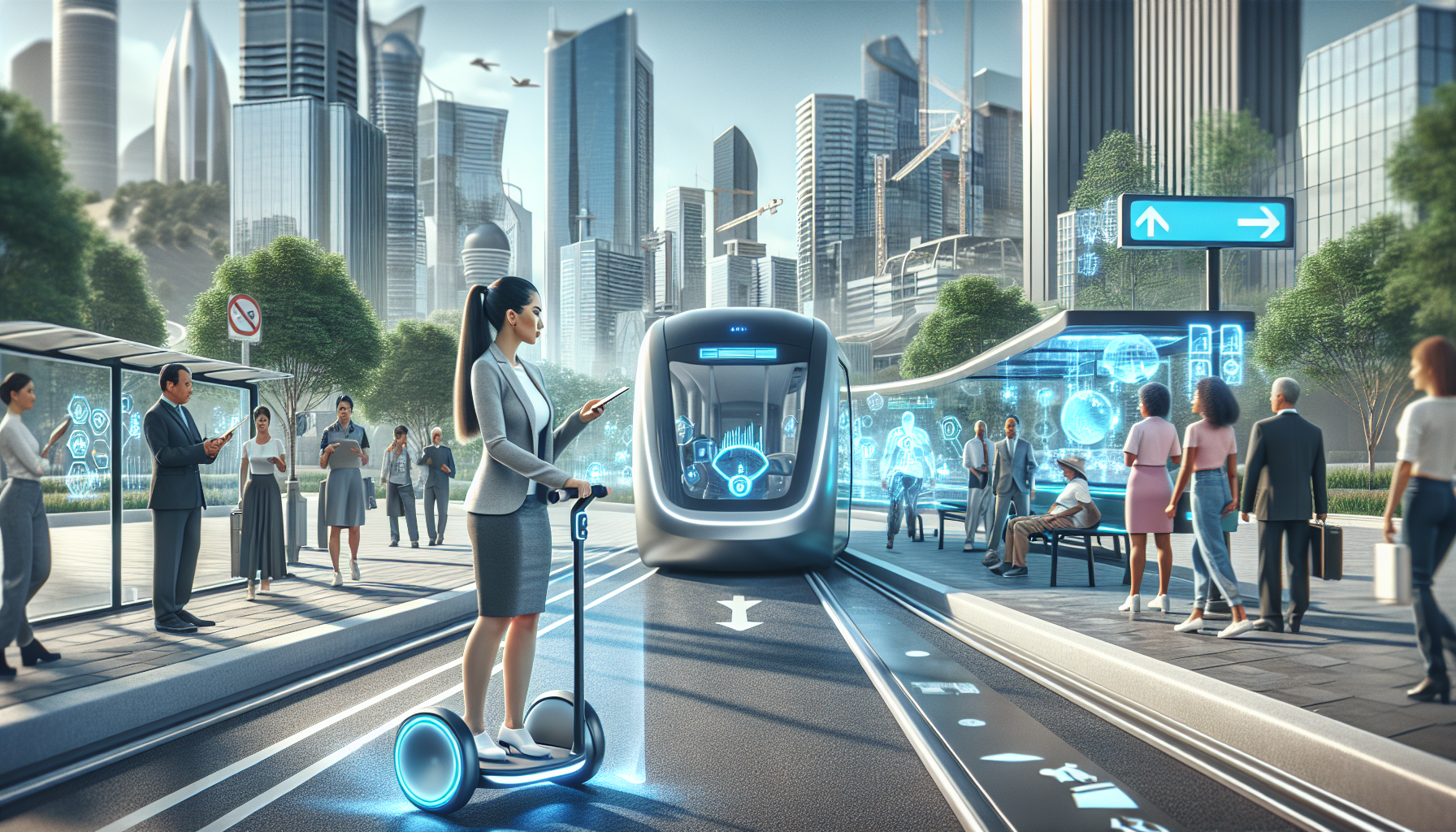How we move about in our urban environments is crucial to the functioning of our societies. As congestion and environmental concerns continue to grow, the evolution of public transportation stands as a beacon of potential progress. The future of public transit promises innovation, improved efficiency, and a more seamless integration with the urban fabric.
Embracing Technological Innovations
Technological advances are set to revolutionize public transportation systems. We are currently on the cusp of seeing autonomous vehicles become a regular part of our transit networks. This shift towards driverless technology is expected to improve the safety and efficiency of public transportation. Autonomous buses and trains can operate with precision timing, reducing delays and increasing the frequency of service.
Electrification of public transportation is another critical area of innovation. Electric buses and trains are quieter and produce zero emissions at the point of use, offering a cleaner alternative to their fossil-fuel-powered counterparts. Many cities are already incorporating electric buses into their fleets, and looking forward, we can anticipate a continued move away from diesel and gasoline propulsion in favor of electricity, significantly as battery technology improves and charging infrastructure becomes more ubiquitous.
Integration of Multi-Modal Systems
In the future, we will likely witness a more connected and integrated approach to transportation. Public transportation will no longer exist in isolation but will be part of a more extensive, multi-modal system. This system will include shared bicycles, scooters, ride-sharing services, and pedestrian pathways. The integration will be facilitated by digital platforms that allow users to plan and pay for a journey involving different modes of transportation with a single app.
Innovative city initiatives will further bolster the functionality of multi-modal systems. For example, traffic lights could communicate with buses to minimize stopping times. GPS data from smartphones and other devices could be used to predict and respond to changing demand patterns throughout the day. This dynamic system would be much more responsive and flexible than most cities have in place now.
Enhancing User Experience
A key focus area for the future of public transportation is enhancing the user experience. This means providing reliable and frequent service and ensuring that rides are comfortable and stations are pleasant and efficient. The public transit stations of the future could resemble mini-hubs featuring retail spaces, Wi-Fi connectivity, and real-time travel information. This would make waiting times more bearable and potentially enjoyable as well.
Moreover, public transportation agencies may utilize data analytics to understand ridership patterns better and adjust services to meet demand. By streamlining operations and prioritizing customer satisfaction, public transportation can attract more users, reducing reliance on private vehicles and decreasing urban congestion.
Addressing Sustainable Development
As global awareness of climate change and sustainability grows, public transportation significantly addresses these concerns. A shift from individual car usage to high-capacity transit options can dramatically reduce the number of vehicles on the road, decreasing emissions and improving air quality. To achieve sustainable development goals, cities must make their public transportation networks more attractive and accessible to residents and visitors.
This transition also includes infrastructure investments that support sustainable transportation, such as dedicated bus lanes, expansive bicycle lane networks, and walkable street designs. By prioritizing these modes of transport, cities can facilitate a cultural shift towards more sustainable urban living.
Overcoming Challenges
Despite the optimistic outlook, the future of public transportation is not without its challenges. Funding shortfalls, political resistance, and the ongoing maintenance and upgrading of aging infrastructure pose significant hurdles. Additionally, the rapid pace of technological change raises concerns regarding job displacement and the need for the workforce’s continuous re-skilling.
Collaboration between governments, private entities, and the public will be crucial for surmounting these obstacles. Consistent investment, policy advocacy, and education about the benefits of public transportation can help to generate the necessary momentum to realize these future visions.
Conclusion
The future of public transportation is bright with potential. From autonomous and electric vehicles to multi-modal systems and intelligent infrastructure, many innovations are on the horizon that can transform the way we transit in cities. Adapting to and integrating these changes will require foresight and commitment from multiple stakeholders. As urban populations swell, the need for efficient and sustainable public transportation has never been more acute. The success of future public transportation initiatives will be a defining factor in our cities’ health, sustainability, and livability in the decades to come.

